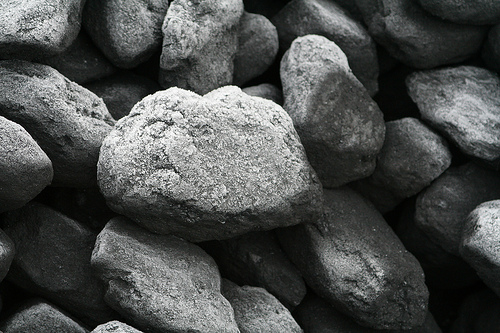
Photo <a href="http://www.flickr.com/photos/duncharris/4209526040/">Duncan Harris</a>, via Flickr.
The coal industry has never seemed to have much difficulty pushing its views on Capitol Hill. In 2008 alone, the industry spent more than $47 million on lobbying and ad campaigns aimed at winning lawmakers’ loyalty—and thanks to its efforts, received $60 billion in the House cap-and-trade bill to develop coal capture-and-storage technology. Nevertheless, some legislators apparently feel that the coal lobby has been unfairly marginalized, and so they’ve formed a bipartisan coal caucus to stand up for “America’s most abundant and affordable energy resource.”
The new grouping includes Reps. Shelley Moore Capito (R-W.Va.), Jason Altmire (D-Pa.), Tim Holden (D-Pa.), Denny Rehberg (R-Mont.), John Salazar (D-Col.) and John Shimkus (R-Ill.). All of them voted against the Waxman-Markey cap-and-trade bill. Their opposition came even as Rick Boucher (D-Va.), another reliable coal booster, hailed it as a boon for the industry. The new coal caucus seems to be concerned with being perceived as champions of coal above anything else.
But although the new caucus says it will speak with a “unified voice” on behallf of coal, its members’ positions can be contradictory. In a statement Holden touted his support for government investment in carbon storage technology. Yet Shimkus believes that the planet is “carbon-starved” and worries that regulations on emissions means “taking away plant food from the atmosphere.” If that’s the case, why would the industry need generous funding to capture and store carbon dioxide?
The six are also seeking additional legislators for their caucus, and may manage to pick up a few extra members—perhaps Nick Rahall (D-W.Va.) who jumped out of a plane to demonstrate his support for coal last year, or maybe one of the Republicans who let the industry write their talking points in the House.












